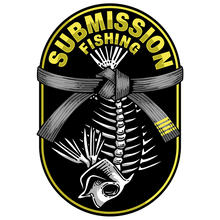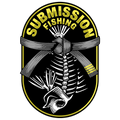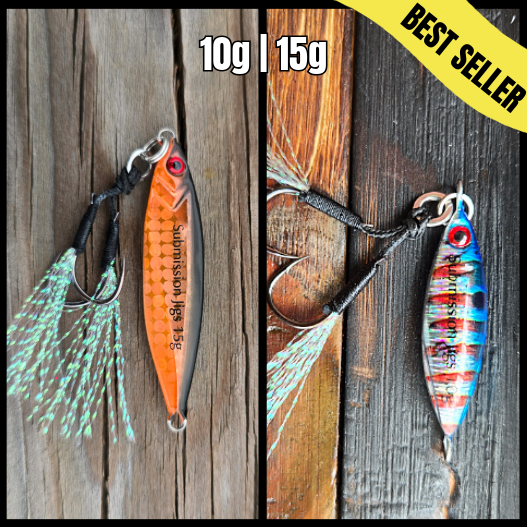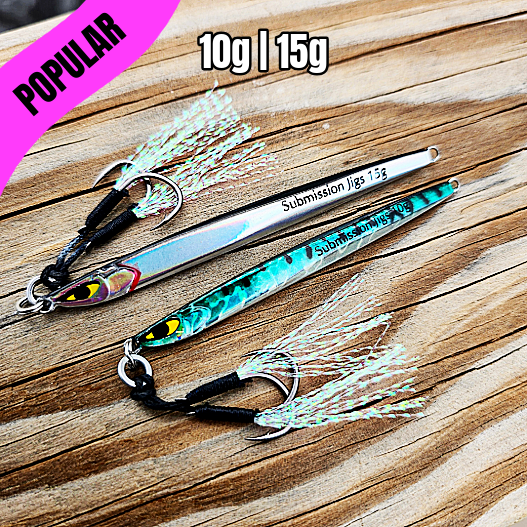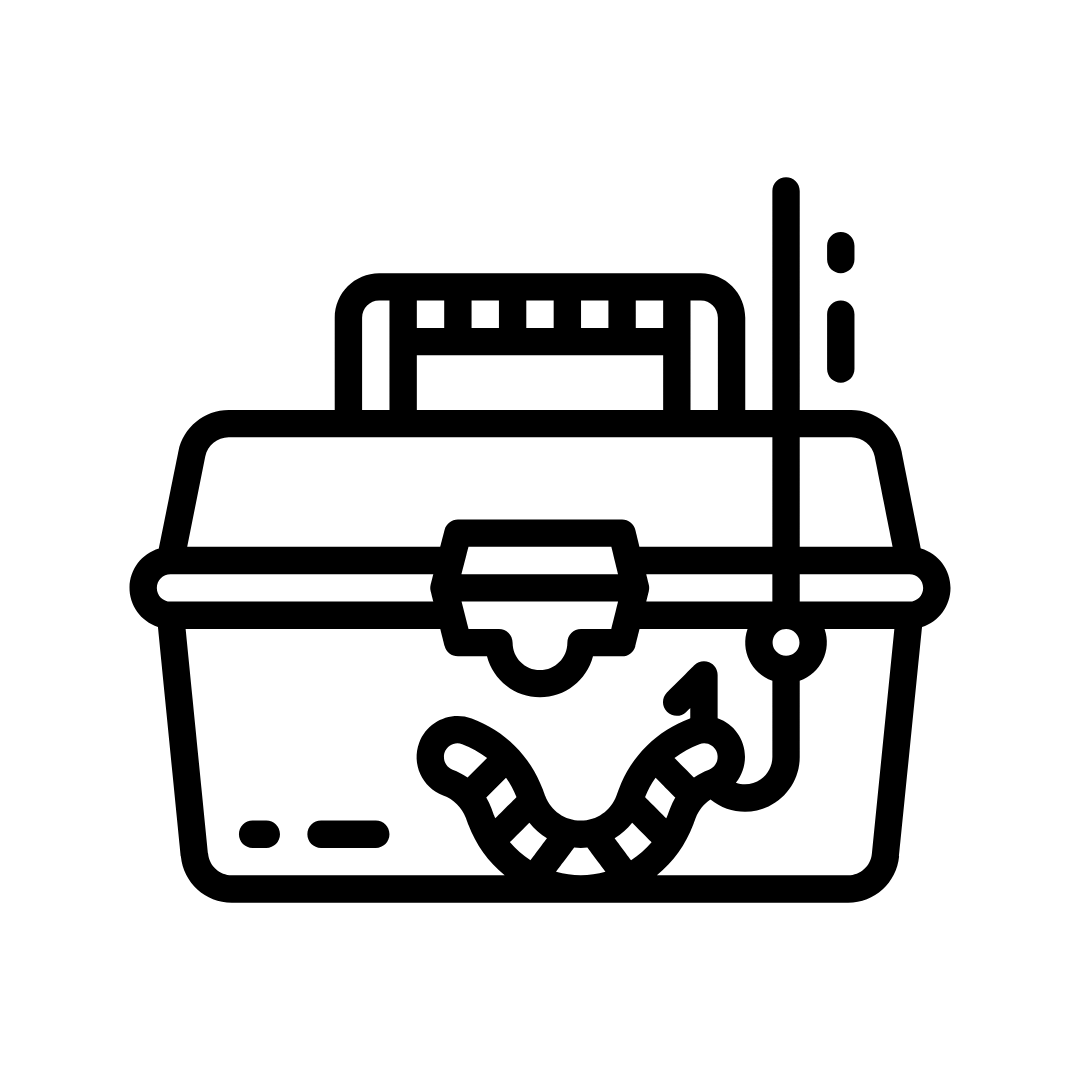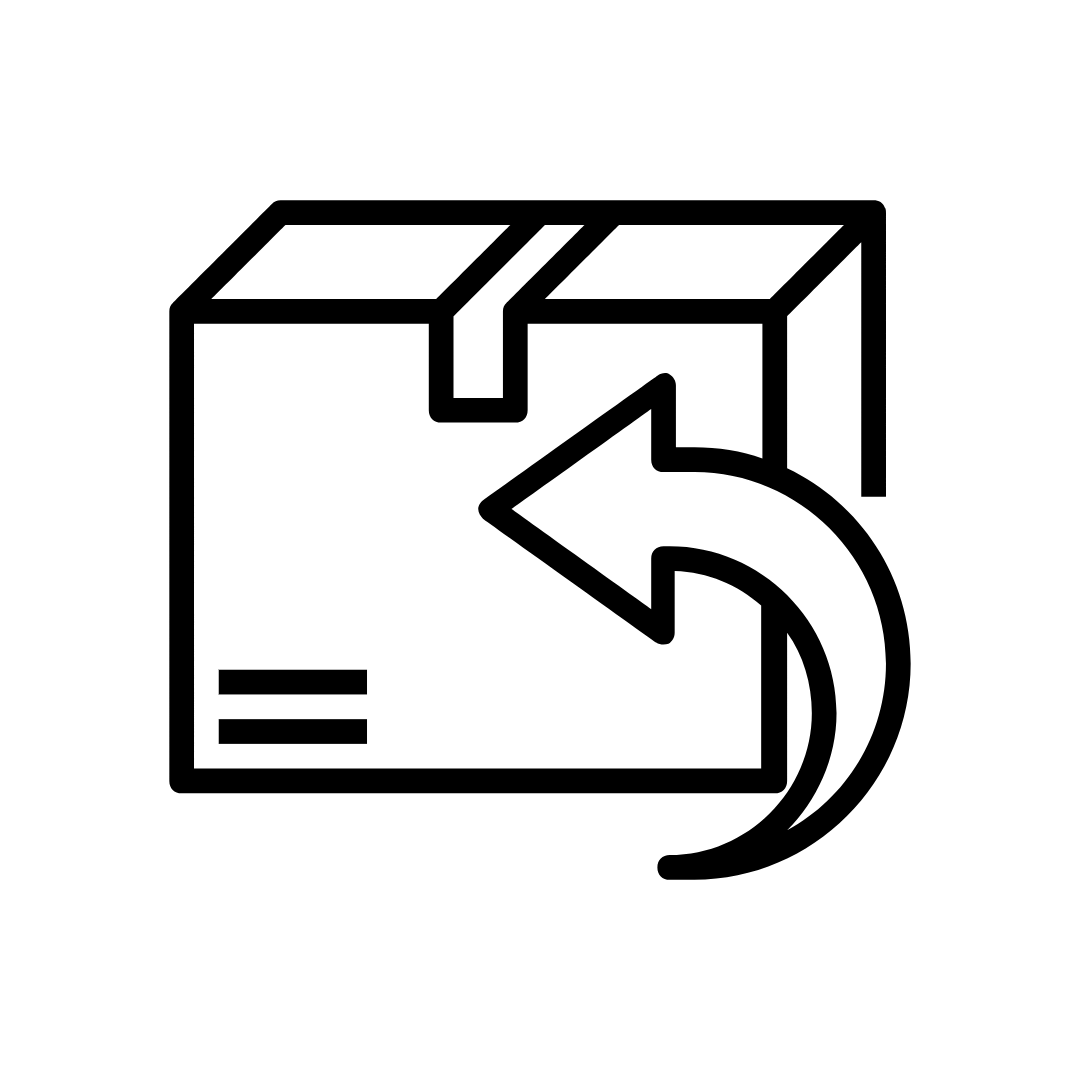How to Catch Stripers with Slow Pitch Jigs (And Why It’s Way More Fun Than You Think)
If you haven’t tried slow pitch jigging for striped bass yet, you’re missing out—big time. It’s one of the most effective (and addicting) ways to land big linesiders, especially when you want a technical, hands-on approach that really lets you feel the fight.
Whether you're new to jigging or just curious about adding stripers to your slow pitch game, here's everything you need to know to get started.
🌊 Where Do Stripers Hang Out?
Striped bass love structure—reefs, rock piles, wrecks, jetties, drop-offs, you name it. If it breaks up the bottom and holds bait, there’s a good chance it holds stripers.
During spring and fall, you’ll find them cruising shallow bays, tidal rivers, and inlets. In summer? They move deeper, often sitting in 15 to 100+ feet of water—perfect for vertical jigging.
🐟 What’s on the Striper Menu?
These guys are aggressive feeders. They hammer:
-
Menhaden
-
Sand eels
-
Herring
-
Squid
-
Mullet
The cool thing? Slow pitch jigs mimic all of these. That wounded, fluttering descent is a dead ringer for an easy snack.
🌅 When’s the Best Time to Jig?
You’ll want to hit the water at sunrise or sunset. Stripers are classic low-light hunters. Add in a moving tide and things get spicy fast.
Want a bonus tip? Use your sonar. Spot the school and drop right on top. Slow pitch jigging is all about precision.
🧠 Why Slow Pitch Jigging Works So Well
Traditional jigging is all brute force—bounce, yank, rip. But slow pitch is finesse. You’re teasing the fish with a delicate flutter, like an injured baitfish in its final moments.
And stripers? They love that vulnerable look.
🔧 The Ideal Slow Pitch Setup for Stripers
Here’s what we recommend:
Rod:
A slow pitch jigging rod with a soft tip and a strong backbone. (Example: Shimano Ocea Jigger Infinity Motive, Medium-Heavy)
Reel:
High-speed conventional reel with smooth drag. (Shimano Ocea Jigger 1500 or 2500)
Line:
20–30 lb braided main line + 30–50 lb fluorocarbon leader
Jigs:
Use 20g–80g slow pitch jigs depending on depth. Flat falls, flutter jigs, and shimmers all crush.
🎯 How to Fish the Jig
-
Drop your jig to the bottom (or just above fish marked on your sonar).
-
Use a slow lift and fall rhythm. The magic happens on the drop.
-
Vary the cadence—try short lifts, longer pauses, or micro cranks.
-
Stay vertical with your jig. If you’re drifting too fast, adjust your jig weight or use a sea anchor.
This is an active fishing style, not a set-it-and-forget-it drift. You’re dancing that jig, keeping it in the strike zone. When a striper hits, you'll feel that thunk all the way to your elbow.
Want More Tips Like This?
Sign up for our email list and get:
- 🎁 15% off your first order
- 🚀 Early access to new product drops
- 🎥 How-to videos with Mike Muto
🛍️ Ready to Try It?
If you’re looking for a new way to target big stripers—and actually have a blast doing it—give slow pitch jigging a shot. It’s technical, it’s effective, and yeah, it’s just plain fun.
Grab your Middleweight Mercenary here.
